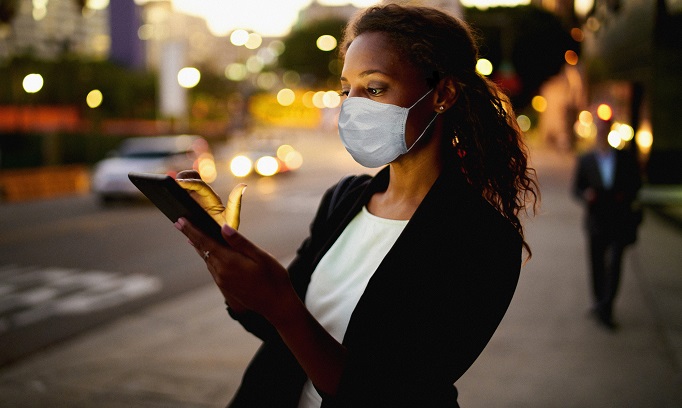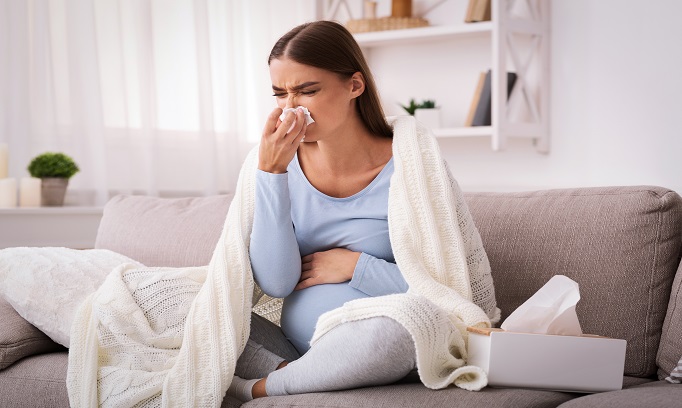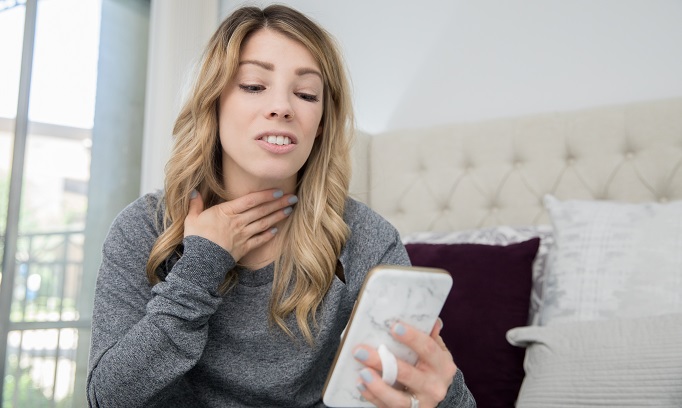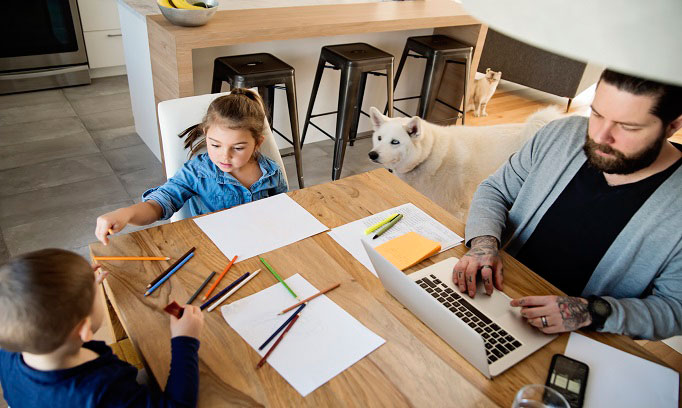PREVENT
Face the facts: When and how to wear face masks
- A face mask protects you from breathing in droplets from people who are infected but who don’t feel sick, and reduces the droplets you might release into the air, protecting those around you.
- Droplets can be transmitted by talking, coughing, sneezing and even singing.
- A cloth face mask is not a substitute for social distancing or hand hygiene. All three are important.
Minnesota now requires wearing a face covering in all indoor businesses and public indoor spaces because COVID-19 is thought to be spread primarily by droplets. Droplets can be transmitted by talking, coughing, sneezing and even singing. A face mask protects you from breathing in droplets from people who are infected with coronavirus, but who might not feel sick. A face mask also reduces the amount of droplets you release into the air that might infect someone near you. Wearing a mask is as much for others as for you.
It’s also important to continue to keep about 6 feet between yourself and others and to wash your hands often. A cloth face mask is not a substitute for social distancing or hand hygiene.
How to wear a cloth face mask
According to the CDC, cloth face coverings should:
- fit snugly but comfortably against the side of your face
- be secured with ties or ear loops
- include multiple layers of fabric
- allow you to breath without restriction
- be able to be laundered and machine dried without damaging or changing its shape.
Get tips from the pros, our health care workers, on how to make wearing a face mask more comfortable.
When to wear a cloth face mask
It is recommended that you wear a cloth face mask when out in public settings, especially those in which social distancing is difficult or in hotspot communities which are in the midst of significant community transmission.
Complications with use and who should not wear a cloth face mask
People who are deaf or hard of hearing face communication challenges posed by mask wearing. Clear face mask inserts, a button that alerts others that the person is deaf, video translation, and other innovative solutions are being used. Be patient and considerate if you encounter someone with these added communication challenges during a time when mask wearing is encouraged. Also, cloth face masks should not be worn by:
- children under age two
- people who have trouble breathing
- an unconscious person or anyone unable to remove their mask without assistance.
To safely put on a face mask
- Wash your hands thoroughly before putting on your mask.
- If it has ear loops: hold the mask by the loops and position over each ear.
- If it has ties: hold the mask by the upper ties and tie first, then tie the lower ties.
- Be sure your mask fits snugly on your face.
- Once it’s in position, don’t touch your mask.
To safely remove a face mask
- Take off your face mask by the ear loops or ties.
- Don’t touch your face or eyes.
- Wash your hands immediately with soap and water or use hand sanitizer to disinfect your hands.
How to clean and how often should you clean a cloth face mask
Cloth face masks should we laundered regularly in a washing machine and dryer.
How to sew a cloth face mask
Please note, information in this post was accurate at the time of its posting. Due to the fluid nature of the COVID-19 pandemic, scientific understanding, along with guidelines and recommendations may have changed since the original post date.
MORE LIKE THIS
Four tips to prevent overeating when you're bored
Posted April 9, 2020
If you find yourself visiting the fridge too often during this stay at home order, you may be a victim of mindless eating—one of the main causes of gaining weight. Here are four tips to become more aware of what you're consuming to curb overeating.
Continue reading






